A stone installation that pushes the boundaries of sculpture
What happens when a domestic space transforms into a sculptural installation? The answer can be found at Decorex 2025, where Neolith has unveiled a concept that defies the limits of convention.

In collaboration with South African designer Loredana Morton, founder of LMI Interiors, the brand presents a radical reinterpretation of what we understand as “home.” Here, every decorative element has been crafted entirely from Neolith sintered stone. The result is nothing short of fascinating.
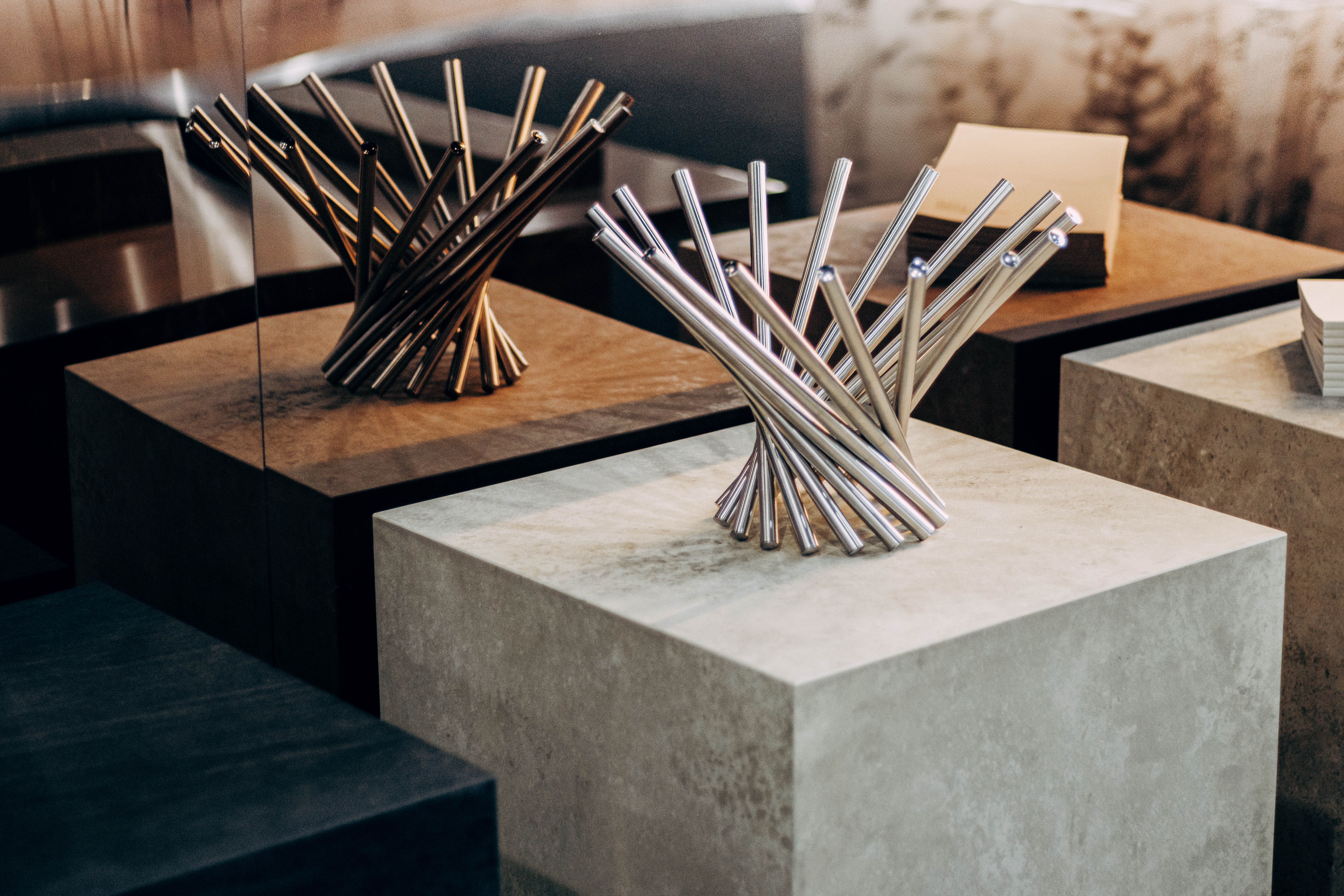
A design that challenges the limits of material
Neolith’s exhibition space at Decorex was conceived as an open sensory experience, allowing visitors to freely move and explore every angle. From a dining area to a living space, along with a console and a lamp, each element alluded to the idea of home—yet reimagined with a sculptural approach through Neolith sintered stone.
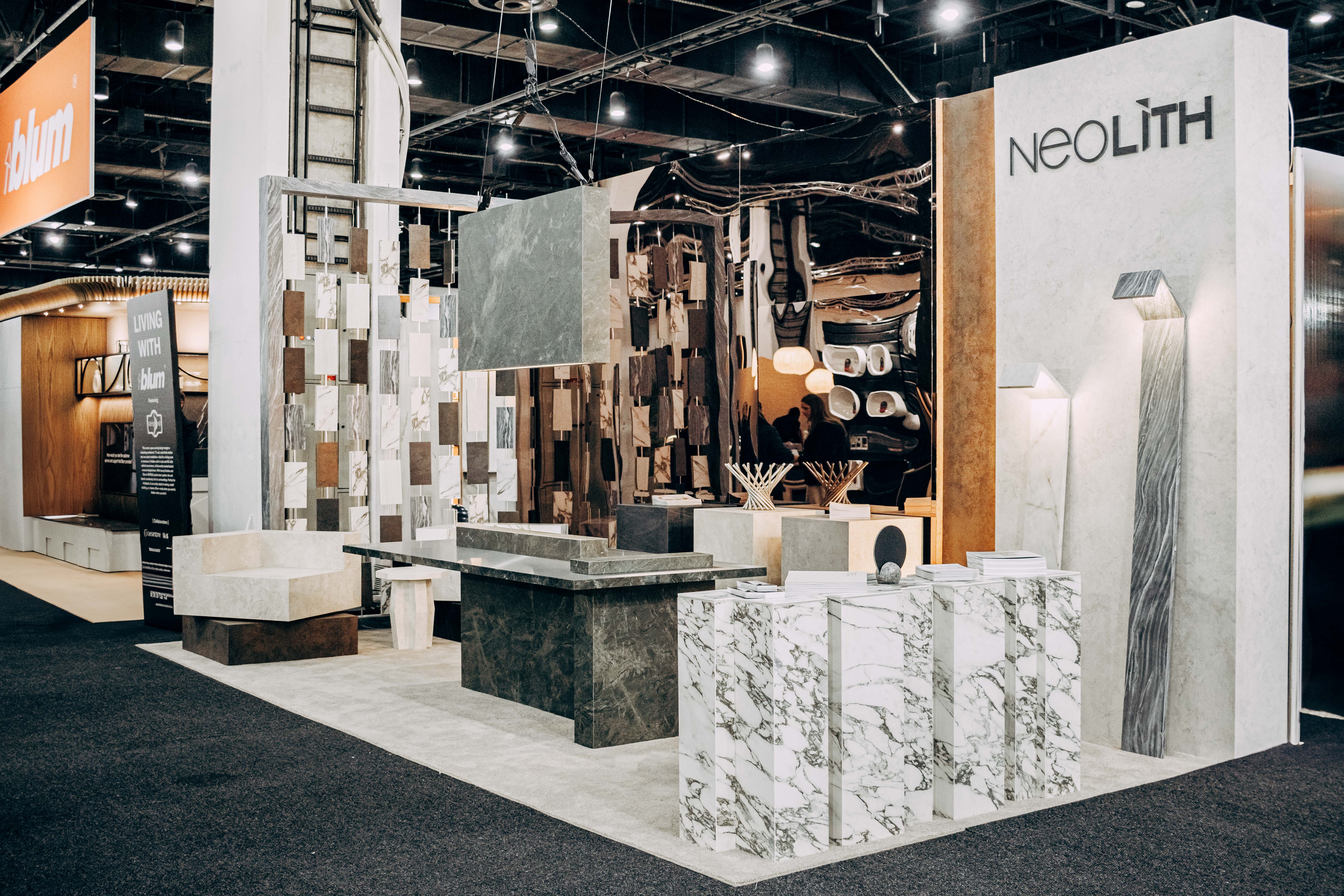
“We wanted to create something out of the box—sculptural, futuristic, and unexpected,” explains the designer. The inspiration struck during a very special trip to Italy, where she immersed herself in a world of design, craftsmanship, and architecture. That Mediterranean influence, combined with her own aesthetic sensibilities, shaped the concept: a space recognizable as domestic, but approached as an art installation.
A space designed to provoke and stir emotions
The project’s biggest challenge was transforming objects typically associated with softness—like curtains, an armchair, or a lamp—into pieces made entirely of stone. And this wasn’t just about visual impact, but about inviting visitors to question their own associations. “The goal was to challenge the perception of what stone can be and shift how we emotionally relate to it by placing it in surprising, unconventional applications,” says Loredana.
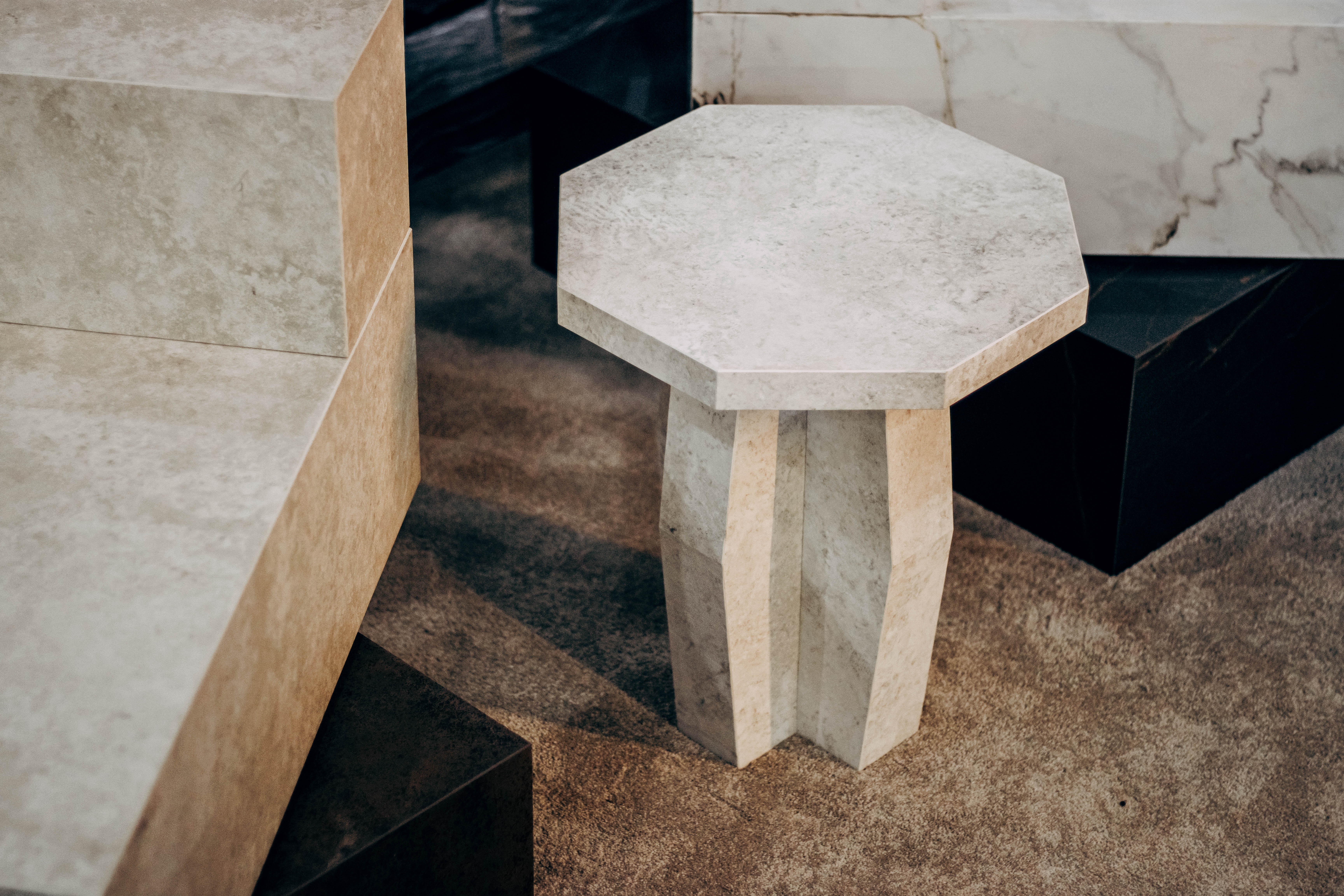
To achieve this, a carefully curated selection of Neolith models was used, including Amazonico, Calacatta Luxe, Mar del Plata, WhiteSands, Metropolitan, and the new Neolith designs Taj Mahal, Crème, Azure, and Mamba, among others. The palette blends matte finishes, tactile textures, and subtle touches of shine for a sophisticated effect. The standout piece is the Amazonico dining table, an imposing element that visually anchored the installation and served as the epicenter of the space.
The composition was clearly designed to captivate. “We wanted the space to be interactive and tactile - something people would want to engage with, touch, photograph, and linger in. It’s not just an aesthetic statement, it’s a sensory one,” the designer explains. Every detail of the layout was studied to play with light, reflections, and sensations. Mirrors were incorporated to add movement and visually multiply the volumes.
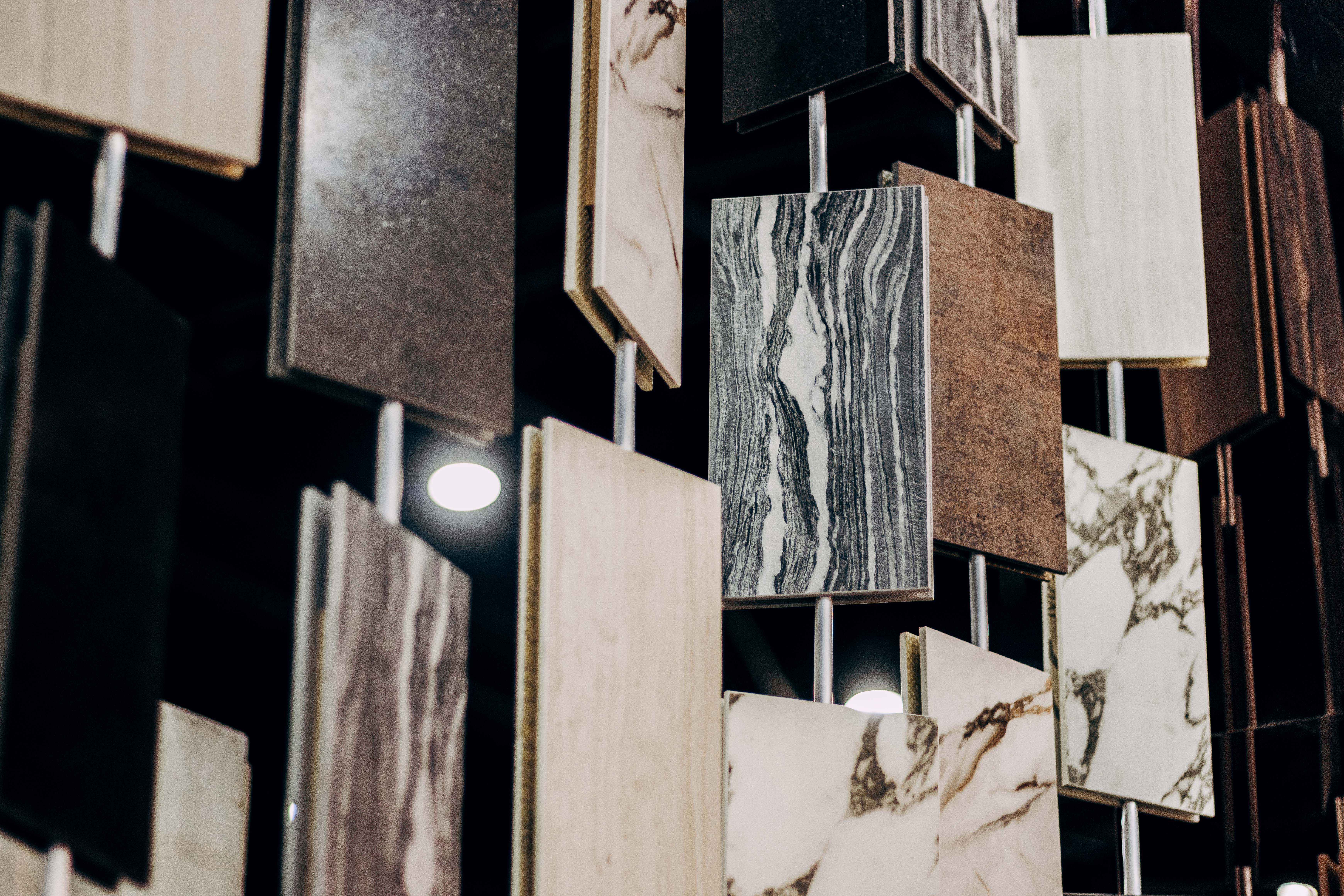
Thanks to the material’s versatility, it was possible to explore highly unconventional solutions, like a wall of “curtains” made from slabs, or chairs with seats and bases crafted from different stones. “Neolith gave us the freedom to push creative boundaries thanks to its strength, versatility, and range of thicknesses,” adds the designer.
A material that opens new possibilities
Loredana has already used Neolith in previous high-end residential projects and is convinced of its advantages: “It offers the look of natural marble or stone without the limitations - no porosity, no staining, and far less weight. It performs exceptionally well, even in complex or unconventional applications, while offering greater creative freedom.” She especially praises the visual and tactile quality of the surface, which she considers superior to other similar materials on the market.
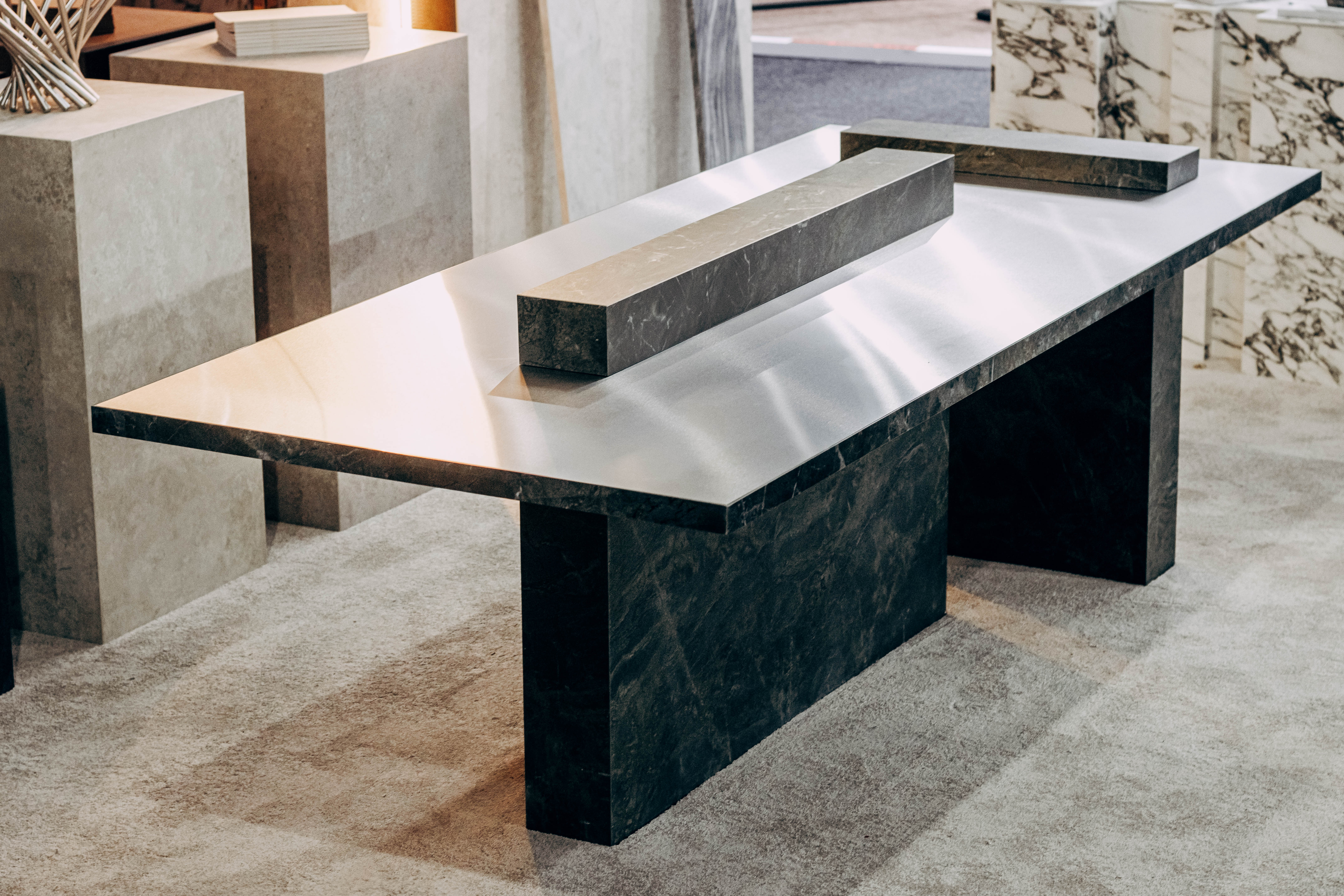
This technical freedom made it possible to push the design to its limits without compromising aesthetics or functionality. A stone that adapts to fine detailing, responds to organic shapes, and expands the realm of possibilities in interior design.
“Collaborations like Loredana Morton’s are truly inspiring for us,” says Andreas Manero, Group Marketing Director at Neolith. “Her vision shows how our material can go far beyond the conventional, offering endless creative possibilities to rethink spaces and explore new dimensions of design.”
A new sensibility for tomorrow’s spaces

Beyond its aesthetic value, the project invites reflection on the future of interior design. For Loredana, the homes of tomorrow won’t just be beautiful—they’ll be designed to elevate emotional well-being. “I think interiors are no longer going to be just about visual impact, they’re being designed to support how people live, feel, and function. Clients want more than beautiful spaces; they’re looking for environments that enhance their lifestyle, promote wellness, and create a deeper emotional connection,” she states.
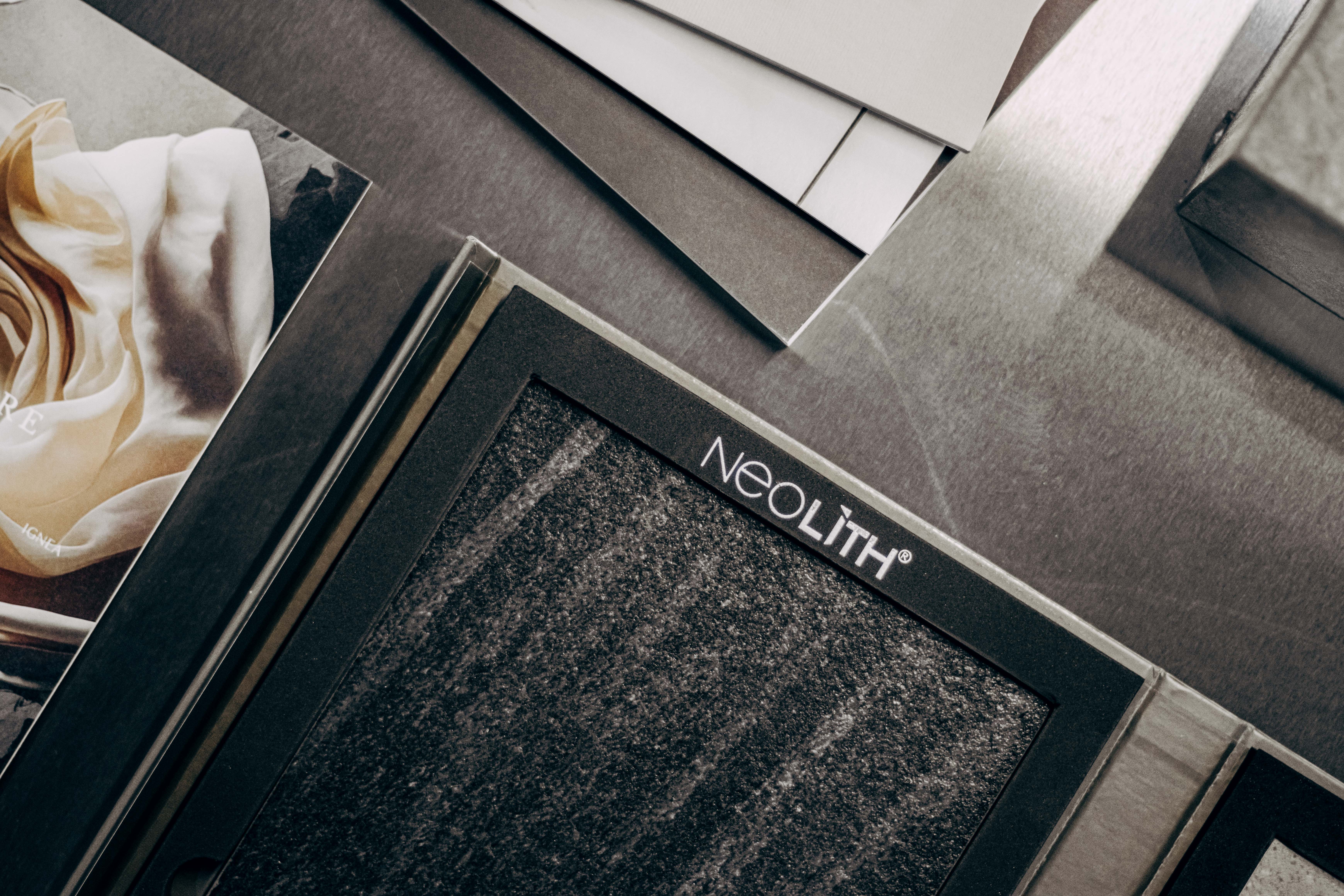
In this context, materials like Neolith stand out as key allies for a new way of creating: sensory spaces, noble materials, and designs that are meant to be felt, not just seen. This is the home of the future—and Decorex 2025 has been the perfect stage to envision it.